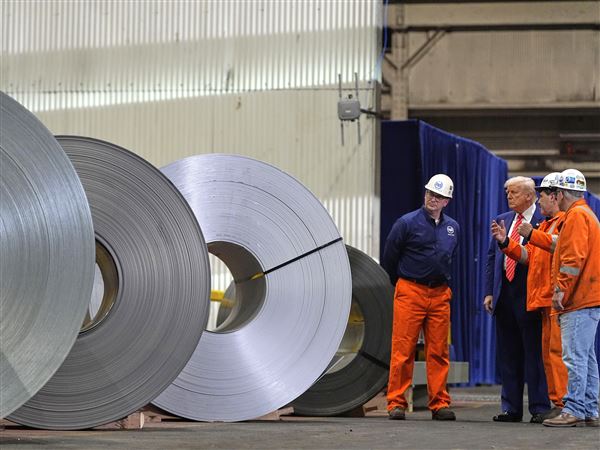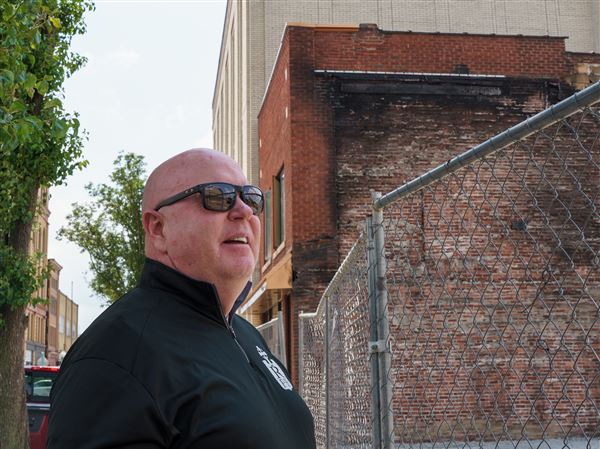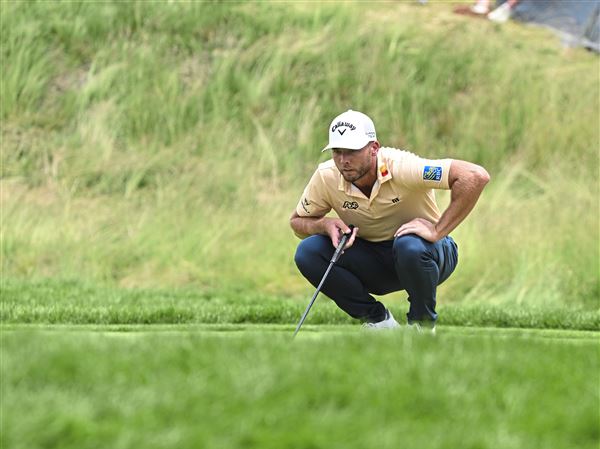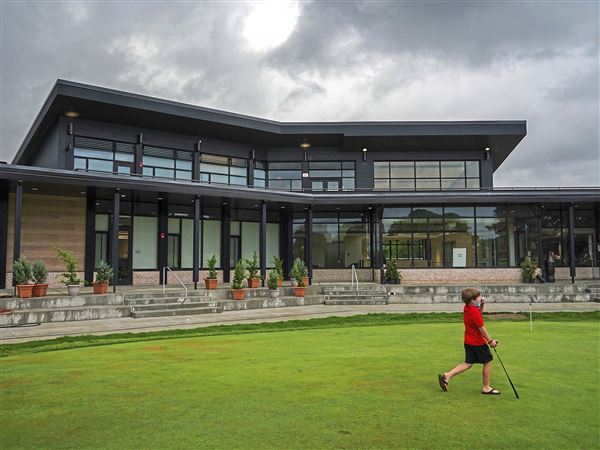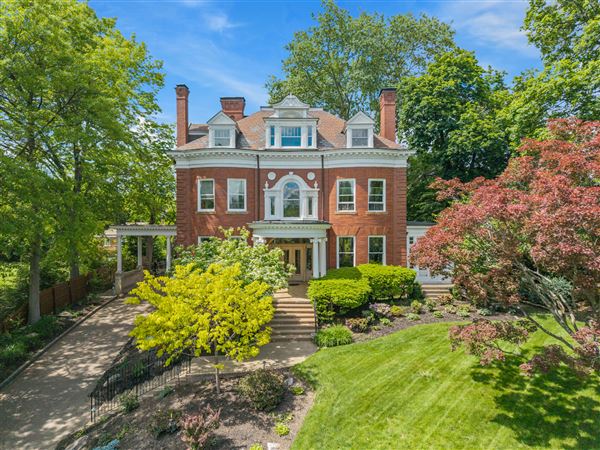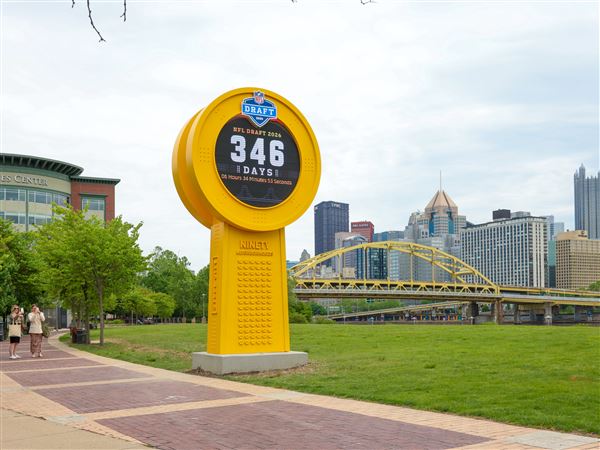PHILADELPHIA -- The diving boards were pulled up in the 1980s, and now deep ends are being deep-sixed.
The rectangular municipal pool that many Americans grew up swimming, splashing and diving in is fast being replaced by shallow water park-style pools featuring spray toys and water slides.
The old-style "drowning pools" won't be missed, aquatics expert Tom Griffiths said. By having an all-shallow pool, more people can enjoy more of the pool, said Griffiths, director of aquatics at Penn State University.
In the older pools, "people were breaking their necks, so they took out the [diving] boards, but then they were left with a drowning pool. Children were sliding down that slope into the deep end," Griffiths said.
A handful of city and state park systems across the country have been filling in the deep ends of pools, aquatics experts say, and new pools are less likely to have a deep end.
It hasn't happened in Pittsburgh, but Philadelphia has been filling in its deep ends for the past several years, said Terri Kerwawich, the city's aquatics coordinator. After filling in two more this spring, the city has 10 deep ends left among its 86 pools. All but one or two will be filled in.
"It's not just a safety factor ... the deep ends were underutilized," she said.
Griffiths said it was a "great, great idea" to fill pools in. "A typical diving well-type pool is a dinosaur."
Pittsburgh officials are conducting a study of the city's 31 swimming pools to determine if changes or updates are needed, said parks department official Mike Radley. "We'll be watching Philadelphia closely," he said.
Countryside YMCA in Lebanon, Ohio, which has eight pools, built a pool in 2001 with water toys, a slide and a gradual, beachlike entry people can walk in to.
"We went with our water park because we didn't have any recreational space for our families," said Holly Colon, the facility's aquatic executive. "People are going away from the square hole in the ground."
In Upper St. Clair, a planned water park-style pool will be 6 feet at its deepest point.
The newer pool style, minus diving boards and with more shallow-water areas, "makes a lot of sense for a lot of reasons," said Marty Brocco, executive director of the South Hills YMCA, a partner in the proposed $3 million outdoor pool.
"Safety and insurability, first of all," he said. Insurance companies generally charge lower premiums for pools without diving boards.
And less depth means less water, which means lower water bills, he said.
"We're going to see a lot more of this," Brocco said.
"The definition of aquatics has changed," agreed Scot Hunsaker, president of Counsilman/Hunsaker Aquatic Designers, Planners and Engineers in St. Louis. "Today, we see the expectation of a family aquatic center."
Chicago in recent years has built 25 interactive, ankle-deep water parks, Chicago Park District spokeswoman Katherine McGuire said. The one pool recently built has a gradual entry and is 5 feet deep at its deepest.
"Every new pool that we do intend to build will have that [gradual entry] component," McGuire said.
Tom Ebro, who runs Aquatic Risk Management in Lutz, Fla., said YMCAs, hotels and municipalities recognized new pool designs are safer. "It's really about entries. Engineers are figuring out safer ways to get into pools," Ebro said.
It's debatable if shallower pools help prevent injuries. While they are likely to help prevent drownings, Griffiths said, shallow pools need to advertise "no diving" rules. "We could be increasing the likelihood of catastrophic neck injuries if we don't aggressively sign it," he said.
There are about 250 pool-diving injuries a year, Griffiths said. Most occur in less than 5 feet of water, studies show.
At the all-shallow pool in Philadelphia, where "No Jumping" and "No Diving" signs are ubiquitous, Howard Williams, 15, and friend Derek Jones, 14, longed for a deep end.
"It's better because you don't want to just go in feet first," Williams said. "Here you can only go up to your waist."
First Published: June 30, 2003, 4:00 a.m.
